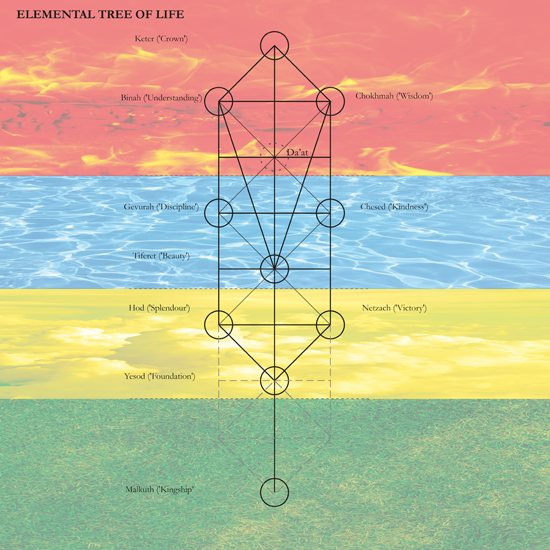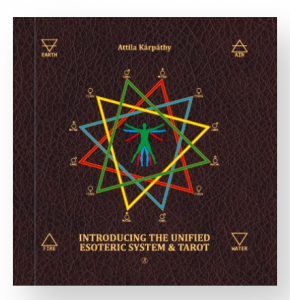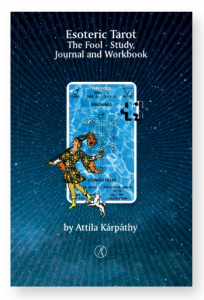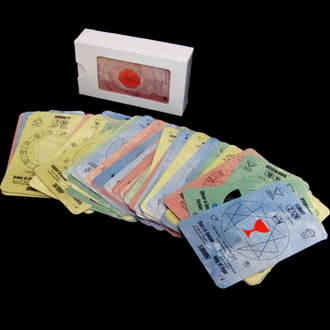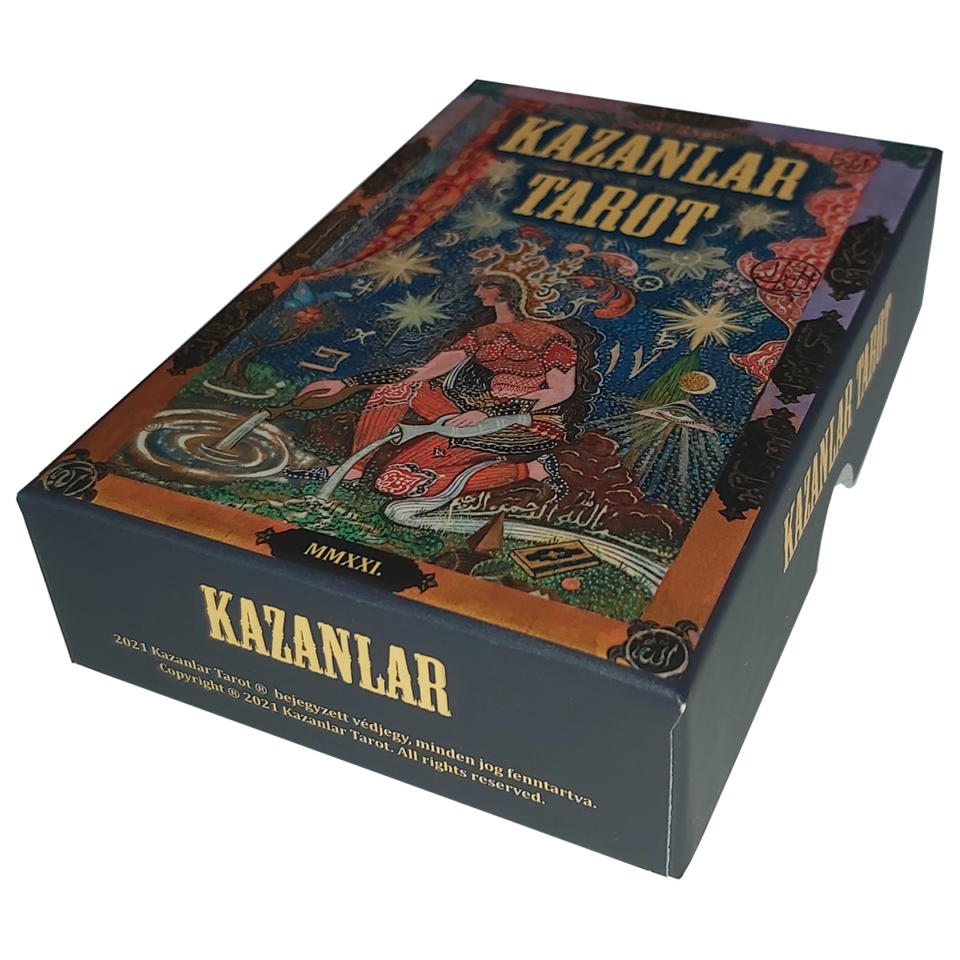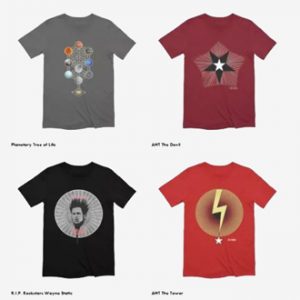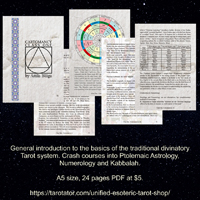There is a common misconception regarding the correlation of seasons with the Suits of the Tarot deck.
People believe that Wands represent spring, Cups summer, Swords autumn, and Disks (Pentacles, Coins) winter.
Perhaps, one of the issues is that seasons are not accordingly depicted in most of the Tarot decks.
People are very keen to find hidden meaning in the backgrounds and details of these cards, but we lightheartedly overlook the shortcomings and errors in these images.
I have always appealed circumspection about the esoteric content of the artwork. We often forget that Pamela Colman Smith had only six months to draw the whole deck and considerably reduced understanding of theTarot. We may believe that the members of the Golden Dawn were masters of the esoteric knowledge, but actually, they were only pioneers making the first timid steps down that road. We overanalyse these images and project our current knowledge, understanding and perception into past things that were never meant to be interpreted that way.
For instance, in the prototype for many other decks, the Rider-Waite Tarot, snow appears in only one card, the Five of Disks. Yet, that card astrologically represents the first decan of Taurus, roughly April 21 to April 30. Although, according to a famous song, sometimes it snows in April, it is not exactly the most representative period of the year to feature snow.
And if they didn’t get the basics right, I wonder how many other inaccuracies and wrongly or accidentally displayed symbols are actually in these cards.
The architecture of the Tarot deck is fundamentally astrological. The deck is a virtual map of our solar system and a subtle guide to our interior and external struggling.
The foundation of any modern deck of cards, including the Tarot, is the fifty-two cards that constitute the primary deck originating from the Arabic Mamluk deck.
These fifty-two cards can be divided into three, respectively, four groups.
The four Aces represent the pillars of the deck.
The thirty-six numerals, corresponding to the decans of the Zodiac, represent the ground level and our day-to-day life. It is our life on Earth and our interaction with others.
The twelve so-called Court cards represent our higher selves and our aspirations, and they are associated with the twelve Zodiac signs but not representing them.
We are born one of these thirty-six numerals, but we might become one of the Court cards through conscious effort. It is an open possibility but never a given thing, a certainty.
Four, on the other hand, represent the four seasons.
Quite superficially, some people associate the Suits with the seasons. They claim that Wands represent spring, Cups summer, Swords autumn, and Disks winter.
Practically, each Suite runs through three different seasons.
The Aces are associated with the four major astronomical events of the year, the two equinoxes and solstices.
The Ace of Wands represent the Spring Equinox and marks the beginning of the astronomical year and the spring.
The Ace of Cups represents the Summer Solstice, the Ace of Swords the Autumn Equinox, and the Ace of Disks the Winter Solstice. These cards also represent the four cardinal points.
Let’s take a quick look at the Suite of Wands.
The Ace of Wands represents the very moment the Sun enters Aries around March 21.
The Two, Three and Four of Wands represent the three decans of Aries, the beginning of spring.
The Five, Six and Seven of Wands represent the three decans of Leo, the middle of summer.
And the Eight, Nine and Ten of Wands represent the three decans of Sagittarius, the end of autumn.
The Knight of Wands is associated with Aries, the Queen of Wands with Leo, and the Page of Wands with Sagittarius. These associations are based on the three astrological Qualities, Cardinal, Fixed and Mutable.
What about the Kings?
Authors constantly speculated about the number and nature of the Court cards.
Returning to the Arabic Mamluk deck and its Islamic nature, it was considered that all three Court cards are masculine. Therefore, some scholars claim that the Queen was the fourth additional card as a courtesy to women.
The other mainstream theory is that there were Kings, Queens and Knights initially, and the Pages were added as second feminine cards to obtain balance through the Courts.
I believe both theories are fundamentally wrong.
In my opinion, the three basic Court cards are associated with the three astrological Qualities: Cardinal, Fixed and Mutable. Furthermore, these Qualities are gender-related. The Cardinal represents the masculine, the Fixed feminine and the Mutable androgynous.
Therefore, the Cardinal Quality is associated with the Knights, the Fixed with the Queens and the Mutable with the Pages.
In ancient times the Kings were god-chosen. It is one of the reasons bloodlines are considered crucial. Kings were considered superhumans – superior god-like beings living at another level of existence. Thus, the fourth Court card is not really a Court card but a special, superior card.
There is also a subtle alchemical aspect relating to the Aces and Kings.
The Aces represent the entering of the active, creative, feminine energy into a masculine sign. The Sun enters into Aries, Cancer, Libra and Capricorn, the four Cardinal signs. It is an act of giving birth and symbolises creation.
Kings, on the other hand, represent the transmutation of masculine into feminine energy, respectively, the passive into active. It is the apogee of the Magnus Opus. The Aces and the Kings are the Alpha and Omega, representing a complete circle in which the Kings represent the materialisation of the Aces.
Pamela Colman Smith in the Ace of Swords has beautifully depicted the process. Waite commented: “A hand issues from a cloud, grasping a sword, the point of which is encircled by a crown.”
Explained from a kabbalistic point of view, the hand grasping the handle may signify Malkuth, our earthly entry point, while the crown represents Kether (literally meaning the Crown).
Astrologically, the King of Wands represents Saturn in Leo, the governing planet of a Cardinal Earth planet moving into a Fixed Fire sign. It is a tensioned position known as Peregrine occurring at 150 degrees. Transmutation rarely results from an accident and requires knowledge and conscious, sustained effort. It is not a joyride but, often, a painful struggle.
The word peregrine derives from the pilgrimage. A pilgrimage is a journey to a shrine or a sacred place, often into an unknown or foreign place, where a person goes in search of new or expanded meaning about their self, others, nature, or a higher good through the experience. The pilgrimage can lead to a personal transformation. A person who makes such a journey is called a pilgrim.
As a human experience, the Jungian archetype of pilgrimage can be associated with both the Fool and the Hermit. The Fool is at the beginning of his journey and maybe will never find his answers through his wanderings, the Hermit feels that all the answers he needs are on the inside.
Heavy is the head that wears the crown, as William Shakespeare put it into words in Act III, Scene I of his play, King Henry IV. In a far less sophisticated manner, more appropriate to our current times, not everybody is born to be king.
Part 1 of 9, the rest of the series will be only available for my Patreon patrons.
https://www.patreon.com/attilakarpathy
#tarot #attilakarpathy #astrology #seasons #suits

